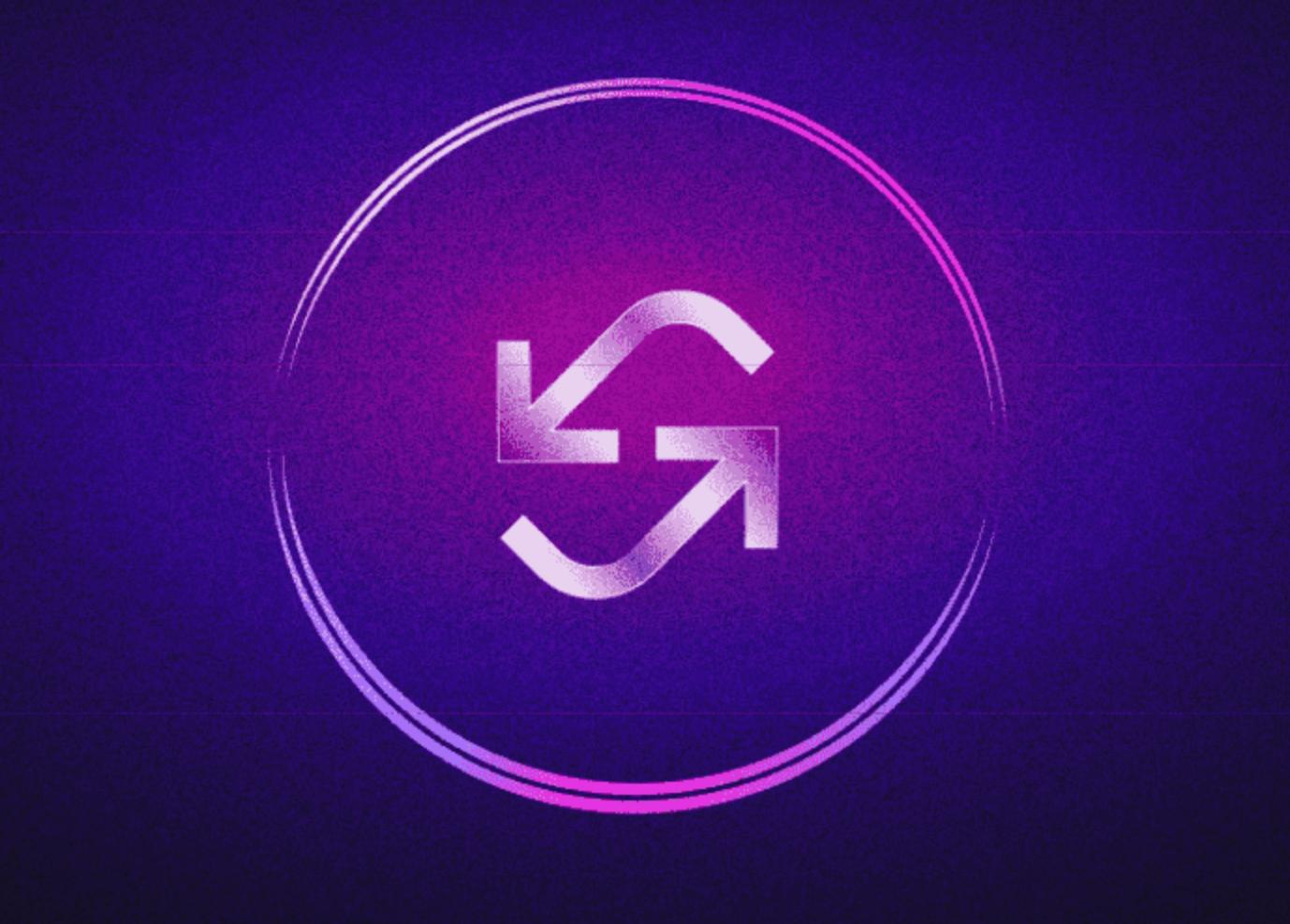A Brief Analysis of What Changes Uniswap V4 Might Bring to DeFi?
Original authors: Lincoln Murr, Mary Liu
Original source: BitpushNews
Recently, the crypto community has been buzzing about the top decentralized exchange (DEX) Uniswap developing the next version of its protocol, Uni V4. Although it has not been officially confirmed, let’s review the history of Uniswap, the potential features that V4 may bring, and how its release could impact DeFi and UNI token holders.
Uniswap was launched in 2018 at the Ethereum Foundation's annual Devcon conference. Initially, it was a proof of concept that allowed anyone to trade between two different Ethereum-based tokens, with two main roles: liquidity providers (LPs) and traders. Liquidity providers supply two tokens at a 1:1 price ratio and earn trading fees when traders execute transactions.

Uniswap V2 was released in March 2020. Its main features included oracle-based pricing to prevent manipulation or price-related exploits, and flash swaps for arbitrage trading. In September 2020, the UNI token was airdropped to all initial users of the platform, and governance of Uniswap was transferred to the newly created Uniswap DAO. The UNI airdrop was also the "ancestor" of the token airdrops we see today, solidifying the protocol's decentralization focus. Additionally, liquidity providers received positive rewards in UNI tokens, significantly increasing the total value locked in the dApp.
Launched in March 2021, Uni V3 introduced two major innovations focused on capital efficiency. The first was concentrated liquidity, allowing liquidity providers to specify a price range within which their liquidity would be utilized, theoretically increasing capital efficiency by over 4000 times compared to previous models and earning LPs more fees. Furthermore, participants could charge different fees for different trading pairs, meaning that stablecoins with lower volatility would yield lower returns than riskier, more volatile cryptocurrencies.
The business source license for Uniswap V3 will expire in April 2023, opening the door for protocols like SushiSwap, QuickSwap, and other Uniswap forks to compete directly with the protocol again. Additionally, the V3 model has not been friendly to liquidity providers, as data from the past two years shows that, on average, actively managed positions do not perform much better than simply holding the underlying assets. In some cases, the performance of liquidity provision has even been worse.
One way Uniswap V4 addresses this issue is by creating a dynamic fee model based on asset volatility metrics. This model would provide greater rewards for liquidity providers, reduce impermanent loss, and optimize liquidity provider fees.
The Uniswap team has recently been pushing for the adoption of EIP 1153, which would lower transaction costs on Ethereum, a clear benefit for the Ethereum-based Uniswap dApp. However, its priority is not high, and it is unlikely to be deployed in the upcoming Ethereum upgrades.

One of the biggest challenges in DeFi is the complex and challenging user experience. Uni V4 may be launched alongside an improved user interface, which could include some form of NFT aggregation, built-in wallets, and possibly a mobile application, features that would help solidify Uniswap's position as the best decentralized exchange for both novice and advanced DeFi users.
Another possible feature of Uni V4 is a batch auction system. Miner Extractable Value (MEV) is a common issue on public blockchains that leads to inefficiencies for traders. When users make trades, they enter the blockchain memory pool while waiting for confirmation, and Ethereum validators can see this transaction and execute sandwich attacks, where they buy the tokens the user is swapping, then the user's order is generated, and the validators sell all the tokens they just purchased, which is possible because validators have the final say in transaction ordering.
To address this issue, Uniswap could create a more privacy-focused solution that has been adopted by Cowswap: coincidence of wants. In this model, users sign transactions, whether buying or selling, and then match with others on the other side of the trade in a point-to-point manner over a specific period. Although not as direct as traditional exchanges, this method eliminates MEV and provides users with more efficient trading.

Once V4 is released, the UNI token is likely to see a short-term surge due to speculation. In the long run, UNI is effectively tied to the governance power it provides, as Uniswap has not yet paid trading fees to UNI holders for regulatory reasons. If V4 increases Uniswap's TVL or provides new parameters for token holders to vote on, the token could appreciate in value. Uniswap may also find a solution that allows tokens to derive some value from exchange trading volume, such as buybacks and burns or a token split model.
Although everything currently known about Uniswap V4 is purely speculative, it is based on market trends, real data, and the protocol's history. With a potential release before or after the V3 license expires, we will soon find out how Uniswap will remain competitive, innovate, and maintain its position as a top DEX.










